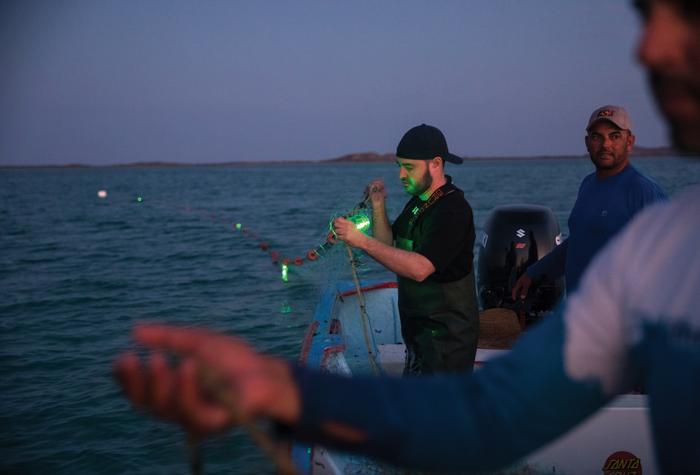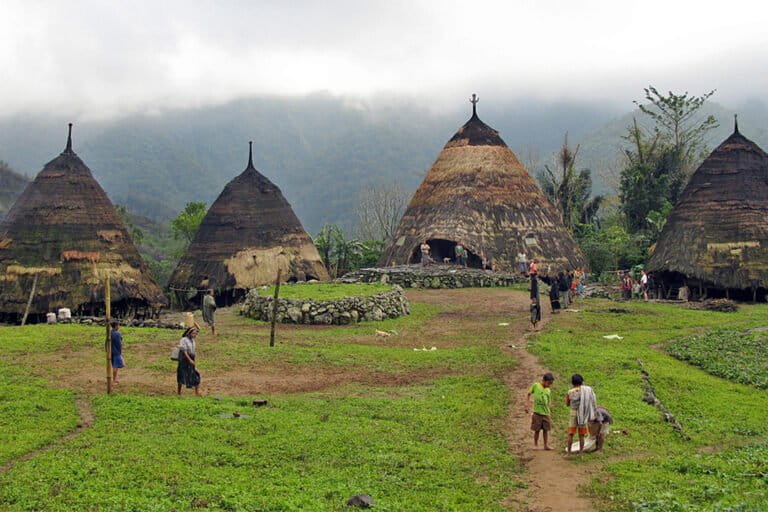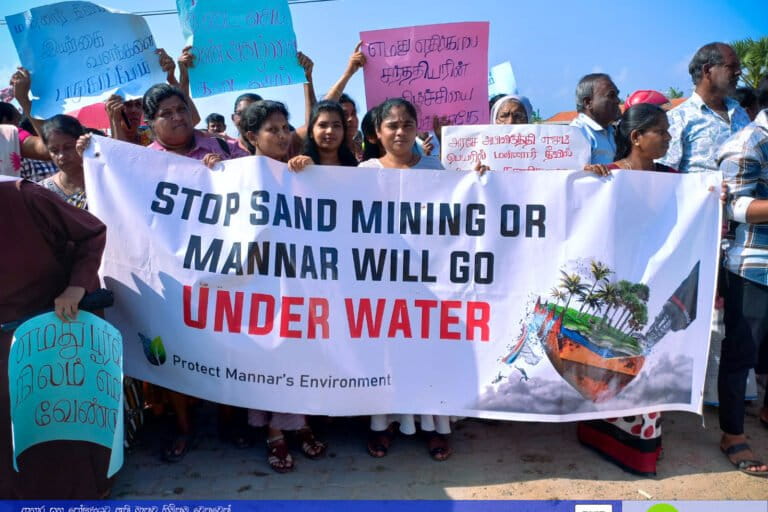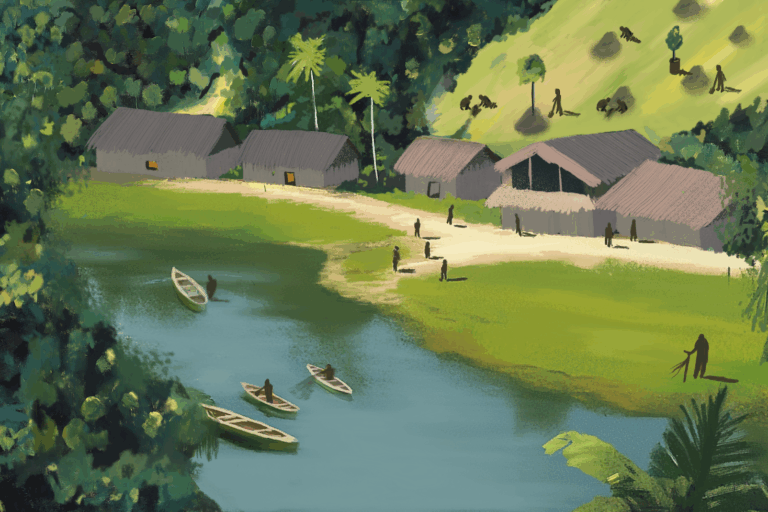- A new report shows that Indigenous peoples and local communities (IPLCs) in tropical forest countries are not getting enough funding to preserve ecosystems despite their key role as environmental guardians.
- Not only are local communities underfunded, but some of the donations from the OECD club of rich countries do not go directly to them, flowing instead via intermediaries, according to the report published by Rainforest Foundation Norway.
- The researchers behind the report, covering the period 2011-2020, warn that this lack of funding could result in the loss of territories and ecosystems that IPLCs have maintained for generations.
- Brazil received 45% of the donor financing for Latin America, while Indonesia took in 26% in Asia; the two countries host more than half of the remaining tropical rainforests in their respective regions.
Indigenous peoples and local communities (IPLCs) play an important role in preserving the environment and ecosystems worldwide, especially forests in tropical countries, but don’t receive enough funding to carry out this work successfully, research shows.
IPLCs in tropical forest countries are also receiving less in the way of financial resources from the OECD group of industrialized countries. In fact, over the past decade, financing for forest tenure and management for IPLCs has fallen far short of the estimated need: only 3% of the total needed to carry out large-scale reforms in 24 countries.
These are just some of the conclusions of a recent report by Rainforest Foundation Norway on funding for Indigenous peoples and local communities to secure tenure rights and manage forests in tropical countries. The report puts the average disbursements from the OECD for forest tenure and management to IPLCs at $270 million per year between 2011 and 2020. That’s less than 1% of their official development assistance (ODA) to these same recipient countries for mitigation and adaptation to climate change in the same period.
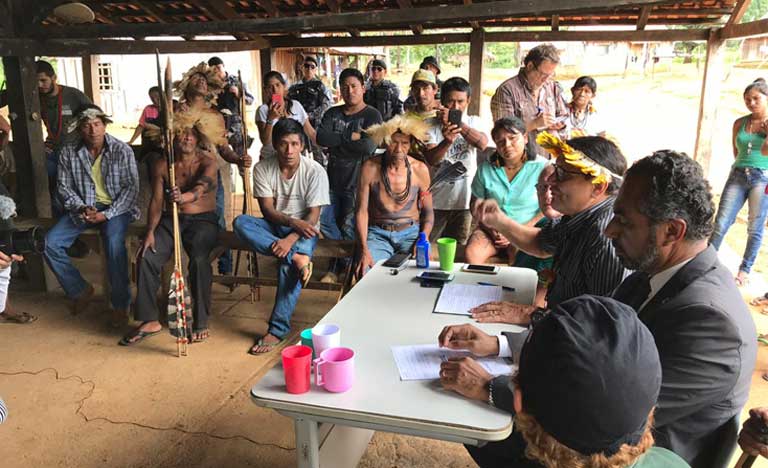
It’s also less than conservation NGO WWF’s annual program expenses, which amounted to $288 million in 2020, according to the report, which was based on research carried out by forest consultancy Indufor North America.
“The study aimed to broaden current understanding of the scale, trends, and characteristics of financing for IPLCs tenure and forest management,” Indufor researchers Jeffrey Hatcher and Michael Owen told Mongabay in an email. “We also wanted to understand how much funds went directly to IPLCs versus big intermediaries like multilateral institutions.”
“We found that the amount of funding is well below estimates of what is required to secure the land tenure rights of IPLCs in tropical countries and that, compared to other global priorities, this line of support does not have sufficient funds,” Hatcher added.
According to the research, Norway and Finland disbursed the largest overall share of their ODA for this purpose. The United States and Norway were the largest contributors in absolute terms. Other major donors were Germany, the United Kingdom and Sweden. However, as a percentage of ODA, the U.S., Germany and the U.K. disbursed much less than Norway, Finland and Sweden.
Brazil was the top recipient of donor funding for forest tenure and management of IPLCs during this period, with approximately $451 million. It was followed by Indonesia ($196 million) and Mexico ($120 million). The top recipients in Africa were Ethiopia ($92 million), the Republic of Congo ($77 million), Ghana ($67 million), and the Democratic Republic of Congo ($67 million).
Brazil received 45% of the total donor funding for Latin America, and Indonesia took in 26% in Asia. The two countries host more than half of the remaining tropical rainforests in their respective regions.
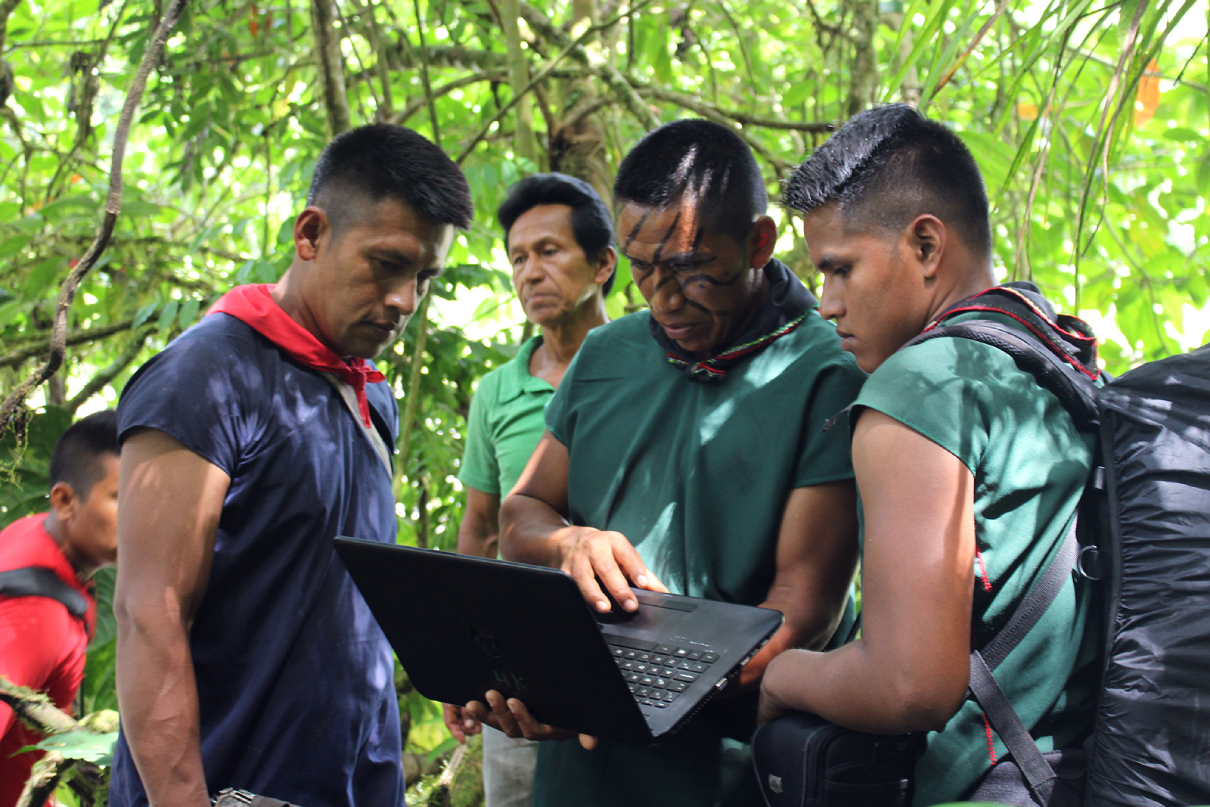
Fewer opportunities to defend forests
The report draws on peer-reviewed literature of the role of tenure of IPLCs and their contributions to forest management and climate and diversity outcomes. It analyzes key characteristics of the relevant financing mechanisms, through the review of online resources and independent evaluations.
It also features online surveys on barriers, gaps, trends, lessons and perspectives on financing Indigenous peoples’ tenure and forest management, obtaining responses from 42 key informants from 18 countries representing 33 organizations. These include IPLCs, NGOs and donors involved in financing IPLC forest tenure and management.
The report found that most IPLC tenure and forest management funds do not flow through the IPLCs’ own organizations but rather from large intermediaries. Thus, while these intermediaries play an important role in obtaining funds for IPLCs and in cushioning donor requirements, “relatively few organizations stand out as intermediaries,” the report says.
The researchers say the lack of adequate and quality funding indicates that IPLCs are not prioritized as key partners in the fight against climate change. They warn this could result in the loss of territories and ecosystems that IPLCs have maintained for generations.

“In the short-term, limited funding will lead to lost opportunities to defend forests from growing threats,” Hatcher said. “The medium and long-term effects are likely to exacerbate the climate and biodiversity crisis and potentially the loss of many of the world’s most critical ecosystems.”
“Intergovernmental programs contribute to capacity building and networking but are not adequately funded for the challenges they are trying to solve,” the report adds.
Hatcher says the efforts of IPLCs must be recognized and supported to maintain their ability to protect ecosystems and their way of life. In this scenario, financial support can help them secure land titles, map their territories, make management plans, and develop livelihood strategies to support them economically.
“IPLCs have developed sustainable land-use techniques that regenerate native ecosystems while providing services for their own communities,” Hatcher said. “Indigenous Peoples contribute little to greenhouse gas emissions while maintaining the largest carbon stores on Earth within their territories.”
Banner image: A group of Yiaku youth scouts who have been trained by the Kenya Forest Service to take part in forest patrols and other conservation activities. Image by Shadrack Kavilu for Mongabay.









